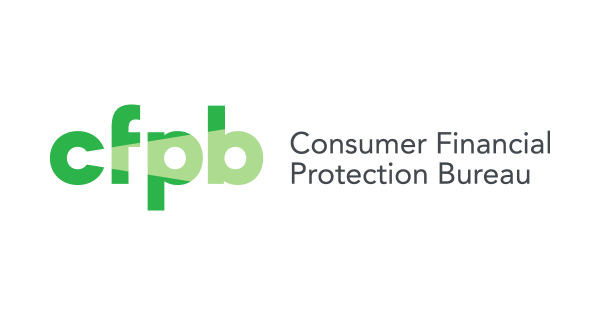Rehoboth, MA—(ENEWSPF)—June 24, 2014. Today The Safety Institute is releasing its first, quarterly Vehicle Safety Watch List of potential, safety related defects. The list is a product of the Institute’s Vehicle Safety Watch List Analytics and NHTSA Enforcement Monitoring Program.
Sponsored by Lance Cooper, of the Cooper Firm in Marietta, Ga., in memory of Brooke Melton, who died in a 2010 crash caused by the sudden failure of the ignition in her 2005 Chevy Cobalt, the program will release its first quarterly report monitoring potential vehicle defect trends and the National Highway Traffic Safety Administration’s recall and enforcement activities.
These reports will help the public recognize the early signs of emerging, potential problems in the U.S. fleet. The reports will also help to identify continuing potential failures to effectively fix issues that are already known.
“Brooke Melton’s death was a preventable tragedy, made all the more heart-breaking by the failure of NHTSA to intervene,” Cooper said. “Through The Safety Institute’s Analytics and Monitoring Program we are bringing some much-needed, independent analysis to potentially emerging defects. At the same time, we will be evaluating the government’s investigative and enforcement process. It won’t bring Brooke Melton back, but it may prevent another defect crisis.”
Using publicly available data such as NHTSA consumer complaints, and manufacturer reported Early Warning Reports on deaths and injuries and the Fatality Analysis Reporting System (FARS), The Safety Institute relies on peer-reviewed analytic methods to identify potential motor vehicle safety defects that merit additional engineering and statistical review.
With support from Quality Control Systems Corp., this is the first release of a quarterly Watch List of potential vehicle problems and an annual report identifying potential emerging defect trends by issue, manufacturer and vehicle and assessing the efficacy of the agency’s enforcement activities.
The Safety Institute’s Analytics and Monitoring Program reports provide evidence-based data for directing investigatory resources. They also represent an important step toward identifying potentially emerging vehicle defects.
With limited time and resources it is important to prioritize where to direct those resources. The Vehicle Safety Watch List Analytics will be publicly accessible and help anyone who wants to understand:
• Emerging safety problems,
• How the NHTSA’s investigative choices correlate to safety problems reported by automakers and consumers,
• How well NHTSA is enforcing the recall requirements.
Cooper’s groundbreaking work on behalf of the Melton family in their lawsuit against General Motors identified the ignition defect, and revealed company knowledge of the defect going back at least nine years.
In February, after GM announced a recall that only fixed some of the affected vehicles, Cooper requested that NHTSA investigate the timeliness and adequacy of the recall.
The news of GM’s failure to act led to a NHTSA investigation, Congressional hearings, and fines levied against GM for an inadequate response to NHTSA’s information requests.
NHTSA first learned about the ignition defect as early as 2005 and chose not to open a defect investigation in 2007.
The GM ignition defect crisis is only the most recent manifestation of a problem that has long plagued the agency.
Passed by Congress in October 2000, the Transportation Recall Enhancement, Accountability and Documentation (TREAD) Act, was intended to usher in a new era of prevention and defect monitoring. But several internal assessments, authored by the Government Accounting Office and the Department of Transportation’s Office of the Inspector General, show that NHTSA’s investigative process and recall monitoring are inadequate.
“Thoughtfully applying analytic tools to available data on motor vehicle issues will help direct resources to problems in advance of crises. This much-needed program provides important guidance for the public, NHTSA, industry, and attorneys” said Sean Kane, founder and president of the board of directors of The Safety Institute. “Instead of NHTSA’s actions probed in occasional Congressional hearings, The Safety Institute’s reports will provide regular review of potential defect trends and the agency’s enforcement activities. It’s long overdue.”
The Safety Institute is a 501 (c) 3 non-profit organization whose focus is on injury prevention and product safety.
The Safety Institute examines areas of injury prevention and product safety across a broad spectrum. The Institute bases its plans and priorities on issues that require greater study and emphasis, as well as thosewhich may be underserved by other organizations and advocates.
The Institute gives special attention to those areas of emerging importance to injury and productsafety, including the effects of new and changing technologies.
Click to View Vehicle Safety Watch List Chart
Source: http://www.thesafetyinstitute.org








